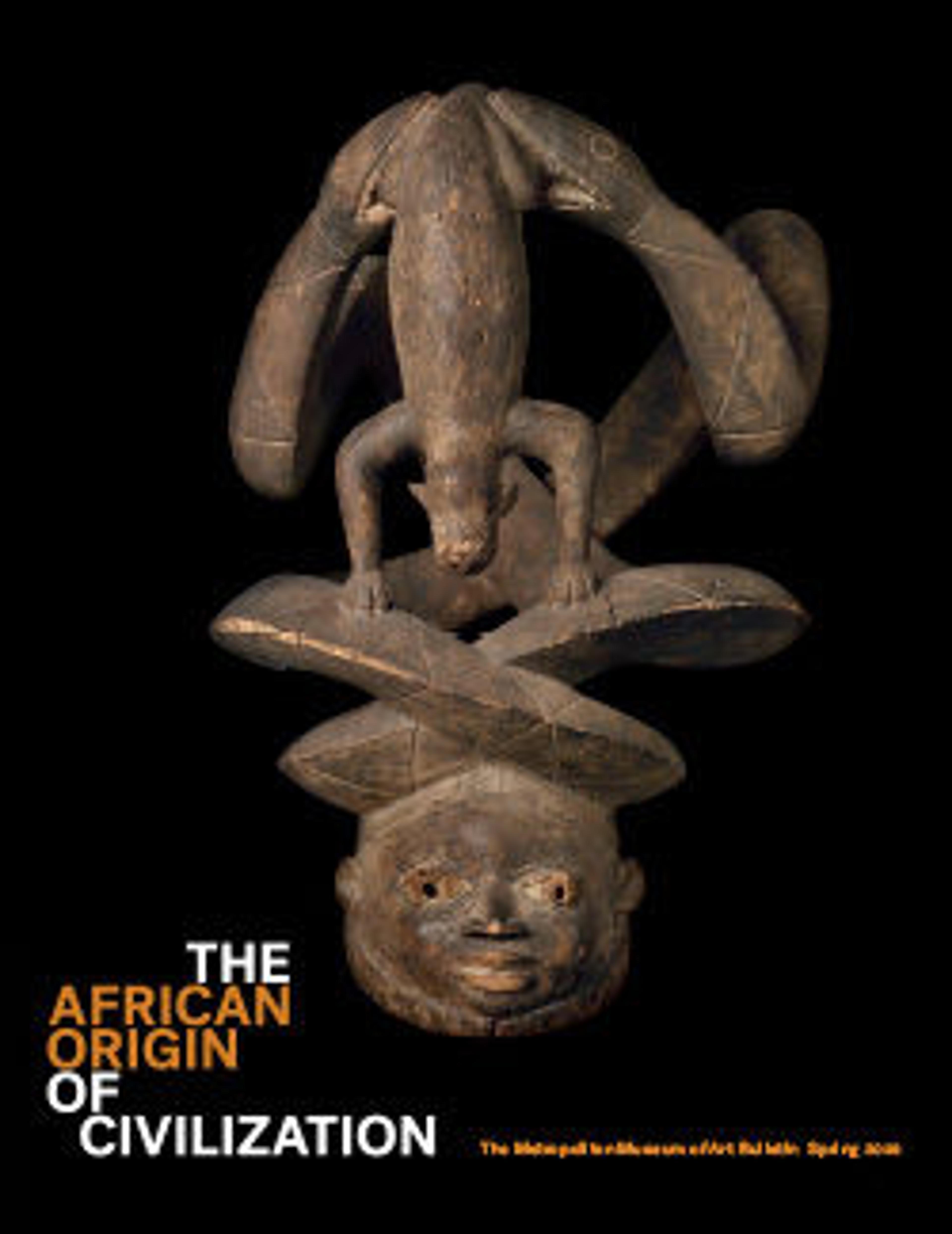Striding Man
Ka-statues were created for use in the funerary cult and their intent was to make the deceased present after death in order to accept offerings from the living. The statues depict their owners in their best dress: a pleated kilt, jewelry, and styled hair. The man here, however, wears only a short wig of tightly layered curls. His large head, long body and limbs, and narrow waist date the statue to the late Old Kingdom, when male nudity in ka statues was more common. Why this happened is not clearly understood, but it is thought to be one way the deceased could be readied for rebirth into the next life. Perhaps leaving this life without clothing was thought to mimic the way a baby arrives into the world.
Artwork Details
- Title: Striding Man
- Period: Old Kingdom
- Dynasty: Dynasty 6
- Reign: reign of Merenre or Pepy II
- Date: ca. 2255–2152 B.C.
- Geography: From Egypt, Memphite Region, Lisht South
- Medium: Wood
- Dimensions: H. 46.6 × W. 11.3 × D. 9 cm (18 3/8 × 4 7/16 × 3 9/16 in.)
- Credit Line: Purchase, Frederick P. Huntley Bequest, 1959
- Object Number: 59.50.2
- Curatorial Department: Egyptian Art
More Artwork
Research Resources
The Met provides unparalleled resources for research and welcomes an international community of students and scholars. The Met's Open Access API is where creators and researchers can connect to the The Met collection. Open Access data and public domain images are available for unrestricted commercial and noncommercial use without permission or fee.
To request images under copyright and other restrictions, please use this Image Request form.
Feedback
We continue to research and examine historical and cultural context for objects in The Met collection. If you have comments or questions about this object record, please contact us using the form below. The Museum looks forward to receiving your comments.
